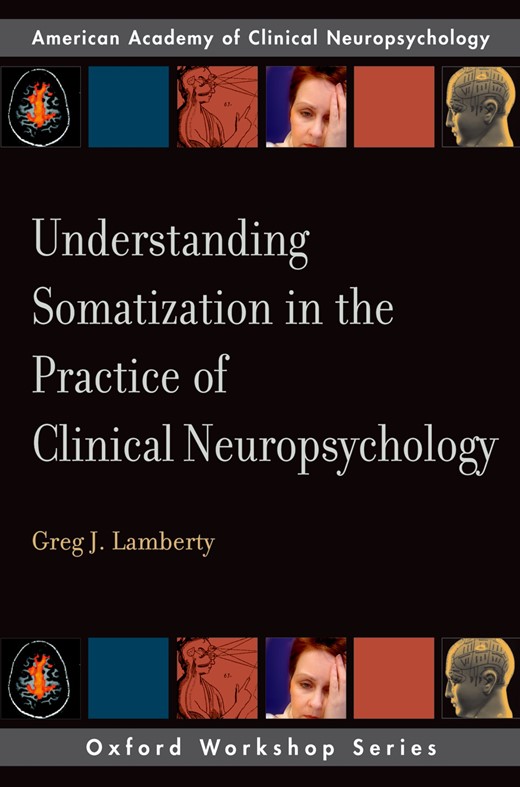 Understanding Somatization In The Practice Of Clinical Neuropsychology
Understanding Somatization In The Practice Of Clinical Neuropsychology
Contents
3 Epidemiology of Somatoform Disorders
Get access-
Published:December 2007
Cite
Abstract
Chapter 2 reviews issues of concern regarding definitions of somatization and somatoform disorders. The epidemiology of somatization is obviously tied to the definitions used in clinical and research contexts. Accordingly, there is substantial variability in terms of prevalence estimates of somatization and specific somatoform disorders. Among the lowest prevalence ratings are those found in the actual DSM-IV (American Psychiatric Association, 1994). As noted in chapter 2, this likely has to do with the fact that DSM-IV somatoform disorders have much more restrictive criteria than those employed by many researchers and clinicians.
As a quick reminder, two basic concepts cited in epidemiological studies are incidence and prevalence. Incidence refers to the number of new cases of a disorder or disease within a population during a specified period of time, or the risk of acquiring a particular disorder or disease. Incidence figures are cited frequently in broad epidemiological studies of common health problems such as influenza or chickenpox. The time frame and population under study are important in considering incidence because these allow a more precise characterization of risk. In neuropsychiatric diagnoses, incidence rates are typically low and not really of great interest for our purposes. Prevalence refers to the proportion or percentage of individuals within a population affected by particular disorder or disease, within a specific time frame. Thus, we commonly see references to six-month, one-year, or lifetime prevalence (LTP) of a disorder. Prevalence refers to a proportion or percentage of individuals in a particular sample. In this very basic discussion of epidemiology, I refer mainly to prevalence statistics.
Sign in
Personal account
- Sign in with email/username & password
- Get email alerts
- Save searches
- Purchase content
- Activate your purchase/trial code
- Add your ORCID iD
Purchase
Our books are available by subscription or purchase to libraries and institutions.
Purchasing information| Month: | Total Views: |
|---|---|
| September 2024 | 2 |
| February 2025 | 2 |
Get help with access
Institutional access
Access to content on Oxford Academic is often provided through institutional subscriptions and purchases. If you are a member of an institution with an active account, you may be able to access content in one of the following ways:
IP based access
Typically, access is provided across an institutional network to a range of IP addresses. This authentication occurs automatically, and it is not possible to sign out of an IP authenticated account.
Sign in through your institution
Choose this option to get remote access when outside your institution. Shibboleth/Open Athens technology is used to provide single sign-on between your institution’s website and Oxford Academic.
If your institution is not listed or you cannot sign in to your institution’s website, please contact your librarian or administrator.
Sign in with a library card
Enter your library card number to sign in. If you cannot sign in, please contact your librarian.
Society Members
Society member access to a journal is achieved in one of the following ways:
Sign in through society site
Many societies offer single sign-on between the society website and Oxford Academic. If you see ‘Sign in through society site’ in the sign in pane within a journal:
If you do not have a society account or have forgotten your username or password, please contact your society.
Sign in using a personal account
Some societies use Oxford Academic personal accounts to provide access to their members. See below.
Personal account
A personal account can be used to get email alerts, save searches, purchase content, and activate subscriptions.
Some societies use Oxford Academic personal accounts to provide access to their members.
Viewing your signed in accounts
Click the account icon in the top right to:
Signed in but can't access content
Oxford Academic is home to a wide variety of products. The institutional subscription may not cover the content that you are trying to access. If you believe you should have access to that content, please contact your librarian.
Institutional account management
For librarians and administrators, your personal account also provides access to institutional account management. Here you will find options to view and activate subscriptions, manage institutional settings and access options, access usage statistics, and more.